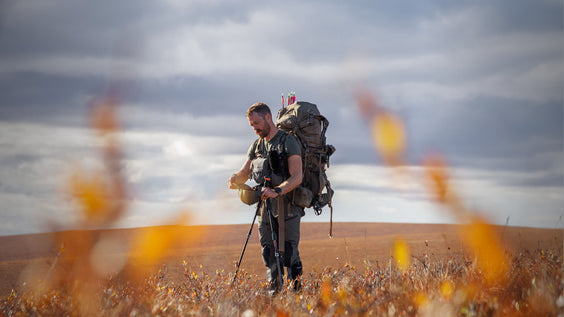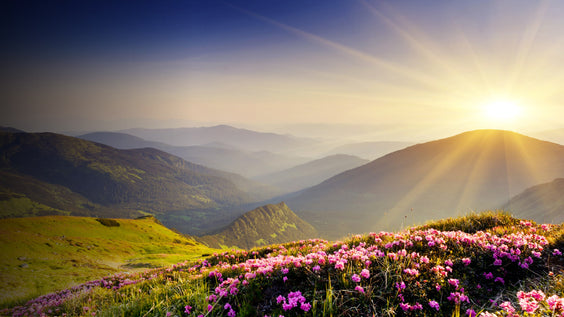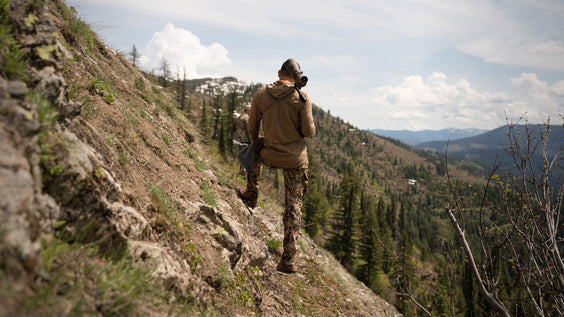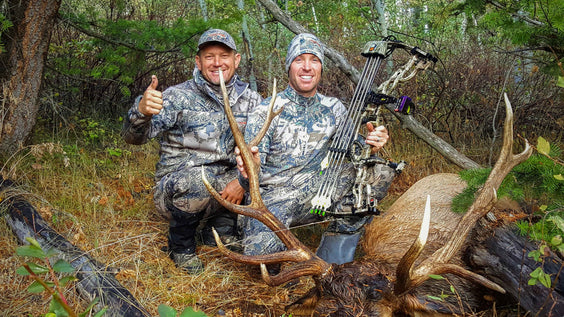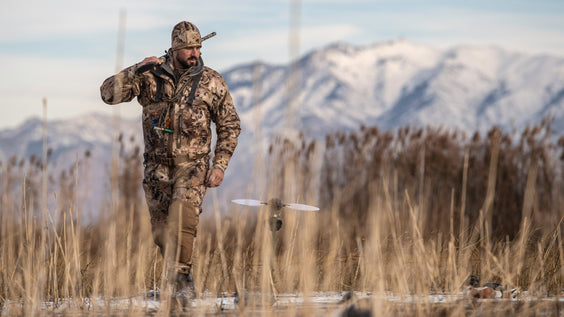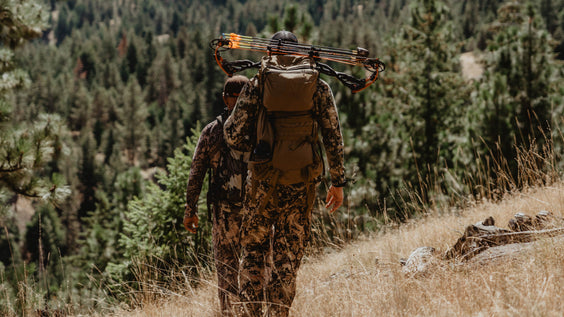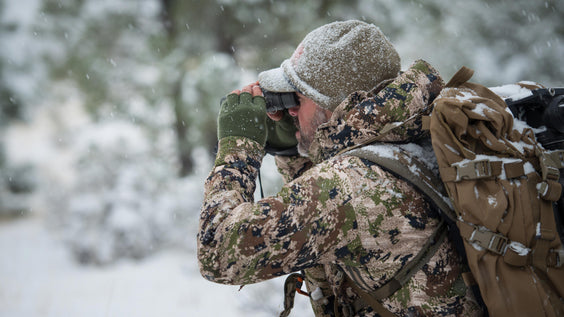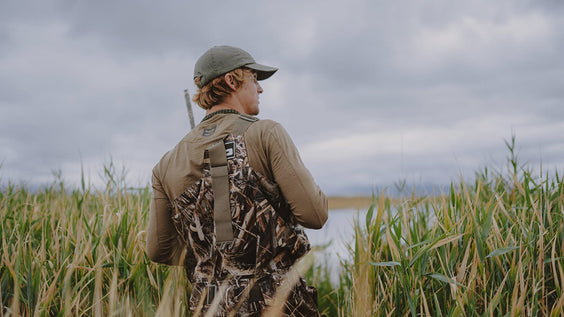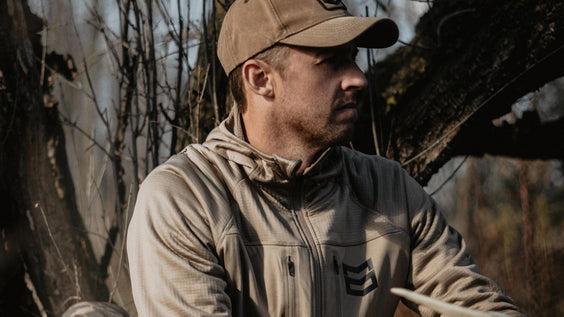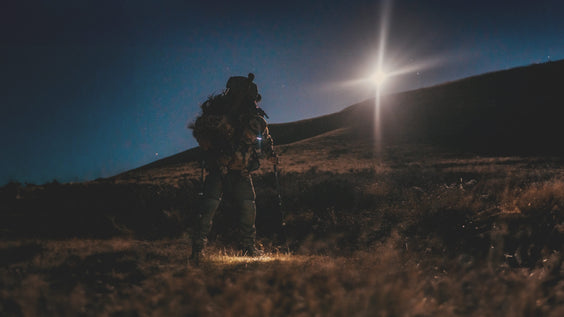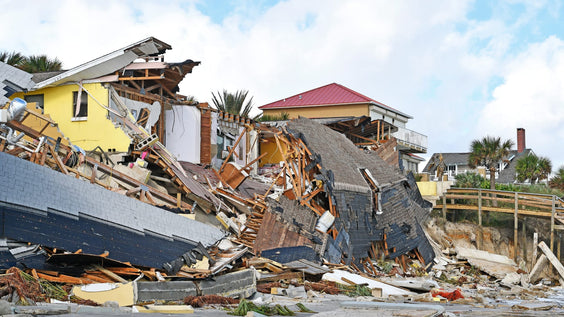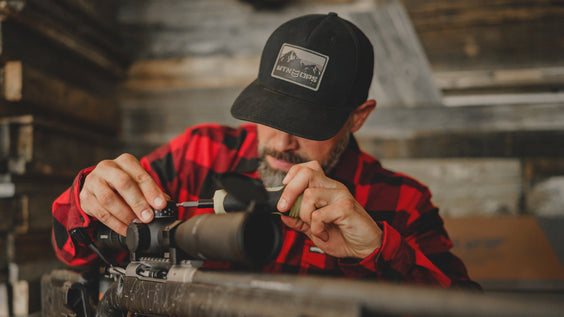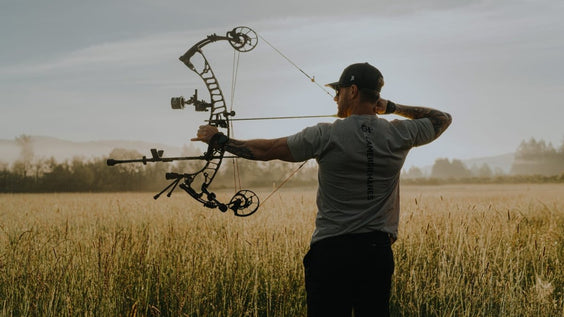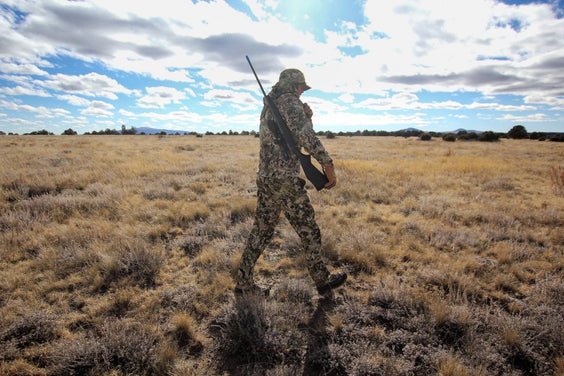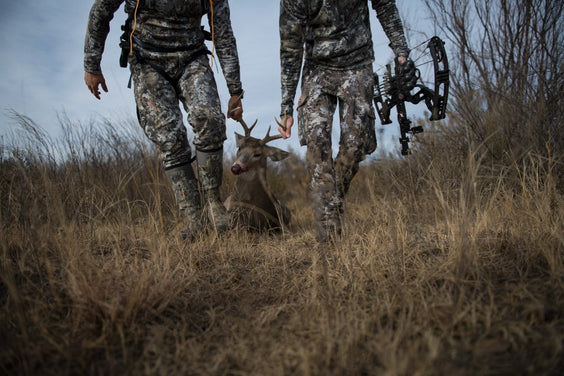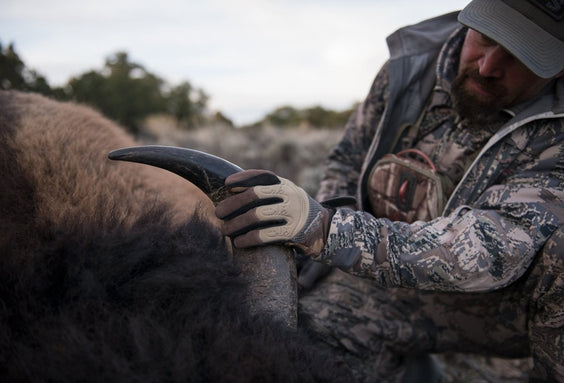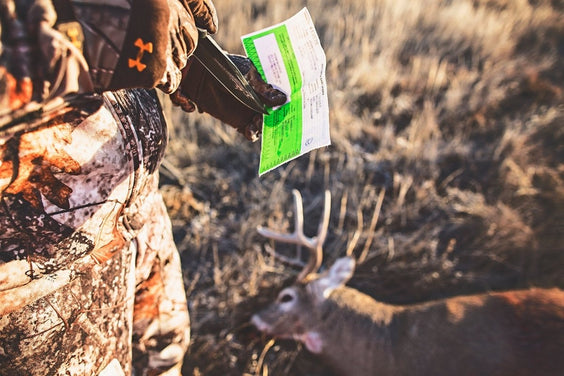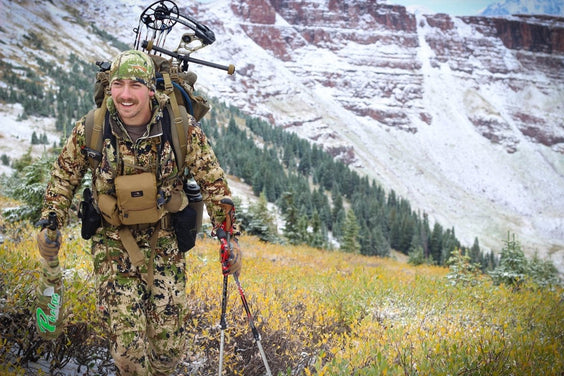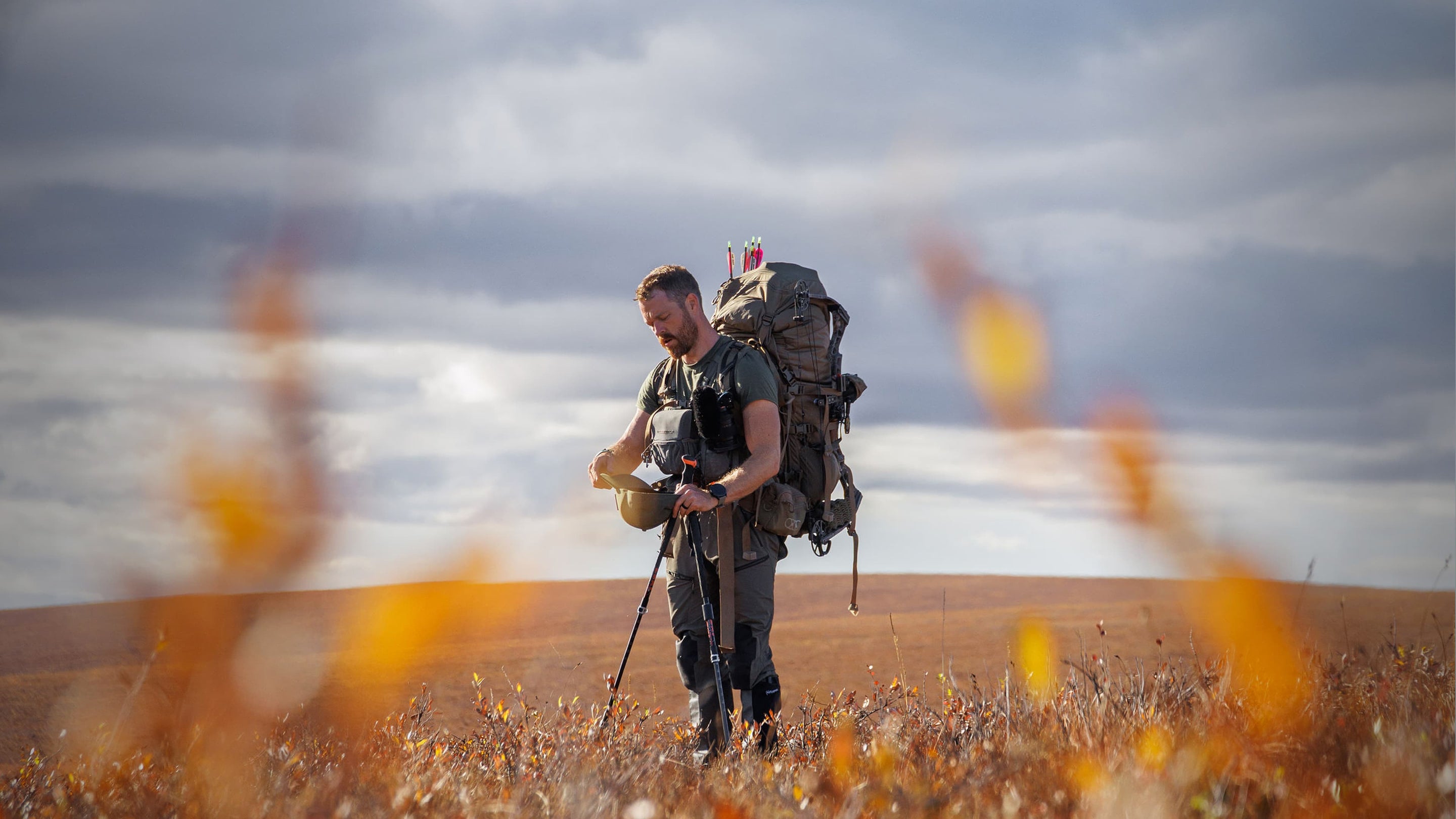

Why Hunters Are the Real Conservationists: The Hidden Role of Hunting in Protecting Wildlife
May 01, 2025
By MTN OPS TEAM
When most people think of conservation, they imagine scientists in the field, nonprofit organizations, and government agencies working to protect endangered species and preserve natural habitats. Rarely do they consider hunters among the key players in this effort. However, hunters—and the money they invest in licenses, tags, and gear—are among the most crucial contributors to wildlife preservation. It may seem counterintuitive, but hunters are, in many ways, the true conservationists.
A good friend from South Africa once said something that stuck with me: "We protect what we value." We were sitting on a high mountain ridge hunting kudu in one of the most breathtaking landscapes I’ve ever seen. He told me the story of his family, sixth-generation farmers who had traditionally raised sheep and goats for a living.
In South Africa, wildlife belongs to the landowner. For years, wildlife on their property was seen as a nuisance—it consumed vegetation needed for their livestock and brought no direct value. Like many other farmers, they had no incentive to manage or conserve these animals. Over time, wild game numbers plummeted due to unchecked poaching and a lack of predator control. Wildlife, once abundant, became endangered.
When a hunter offered to pay a fair price to hunt on their land, everything changed. My friend’s father realized he could earn more from regulated hunting than from raising sheep and goats. Wildlife, once viewed as a burden, became an asset. Many other farmers across South Africa followed suit, integrating hunting as a sustainable income stream. As a result, wildlife populations have rebounded dramatically, and today, South Africa is considered one of the richest regions in terms of biodiversity.
In contrast, the United States follows a different model. Here, wildlife is not owned by landowners but is considered a public trust, managed by federal and state agencies on behalf of all citizens. That means wildlife conservation competes for limited government funding, alongside education, infrastructure, and healthcare. In this system, hunters play a vital role—not only as stewards of the land but as essential funders of conservation.
More Than the Harvest
To a hunter, the act of harvesting an animal is just one part of the experience. We’re grateful for the organic, lean meat that nourishes our families and communities. But it’s the deeper connection to nature—the solitude of the mountains, the peace of early mornings in the field, and the bond with the land—that draws us in.
Wildlife and natural habitats hold immense value, yet they face increasing threats from urban expansion, poaching, predators, and economic development. Due to limited funding, government agencies struggle to meet these challenges. That’s where hunters step in.
The money spent on hunting—licenses, tags, and equipment—directly funds state wildlife agencies and conservation programs. These dollars support habitat restoration, population management, scientific research, and the salaries of fish and game officers. Hunters, through their contributions, help maintain the delicate balance of nature and ensure wildlife thrives for future generations.\
The Financial Backbone of Conservation
Hunters don’t just contribute through licenses. The Pittman-Robertson Act, passed in 1937, placed an excise tax on firearms, ammunition, and archery equipment. This tax—paid primarily by hunters—generates billions of dollars annually for conservation programs. It’s one of the most successful funding models in U.S. conservation history.
Even the purchase of gear contributes. These excise taxes are distributed to state wildlife agencies based on the number of licensed hunters, ensuring that even one person's investment benefits the entire nation. This "user-pay, public-benefit" model is the foundation of American conservation—and it works.
Case Studies: When Hunting is Banned
Some countries have chosen to ban hunting altogether, often with good intentions but unintended consequences. Kenya is a stark example. In 1977, the country banned all forms of hunting. At first, the move was celebrated. However, without regulated hunting to generate revenue, conservation efforts faltered. Poaching soared, and wildlife populations plummeted. With no financial incentive to protect animals, and limited government resources to enforce anti-poaching laws, iconic species like elephants and rhinos suffered deeply.
Meanwhile, countries like Zimbabwe and South Africa, which allow and regulate hunting, have seen wildlife thrive. Revenue from hunting funds anti-poaching efforts, supports local communities, and sustains habitat protection programs. These case studies show that without alternative funding mechanisms, banning hunting can lead to ecological disaster.
The Decline of Hunters in the U.S.
While hunting remains an integral part of conservation in the U.S., its future is uncertain. The number of hunters as a percentage of the population has declined steadily—from about 8–9% in the 1980s to just 4–6% today.
Some key stats:
- In 1960, there were 14 million hunters (7.7% of the population).
- In the 1980s, that rose to around 17 million (8–9%).
- By 2022, only 14.3 million Americans hunted—roughly 6% of the population.
- Yet, hunters still contributed over $45 billion to the U.S. economy in 2022.
As hunter numbers decline, so does the revenue available for conservation. With fewer hunters, state wildlife agencies face budget shortfalls, putting critical programs—like habitat restoration and anti-poaching operations—at risk. The decline also affects wildlife management. For example, overgrazing and ecological imbalance become serious problems without hunters to manage deer populations.
Looking Ahead: A Path Forward
If we are to protect wildlife and ecosystems in the future, we must recognize hunting as a legitimate, effective tool for conservation. This begins with public education. We must highlight how regulated hunting funds conservation, supports biodiversity, and benefits society as a whole.
Recruiting new hunters through education, mentorship, and outreach is also necessary. Making hunting more accessible—especially to younger generations and underrepresented groups—can reinvigorate interest and bolster conservation funding.
In addition, governments and conservation organizations should continue to diversify funding streams through eco-tourism, public-private partnerships, and donations, but hunting must remain a key pillar of conservation.
Biodiversity is not a luxury—it’s essential to life on Earth. Conservation is about preserving the ecosystems that sustain all species, including our own. When hunters take to the field with respect, stewardship, and intention, they are helping preserve this complex web of life.
Conclusion
It might surprise some that hunters are among the most committed conservationists. But the facts are clear: Hunters contribute billions in funding, support sustainable wildlife management, and help maintain the balance of nature. They don’t just take from the land—they give back, ensuring it remains wild and vibrant for generations to come.
We protect what we value. And for many of us, that includes the wilderness, the wildlife, and the legacy we leave behind.
